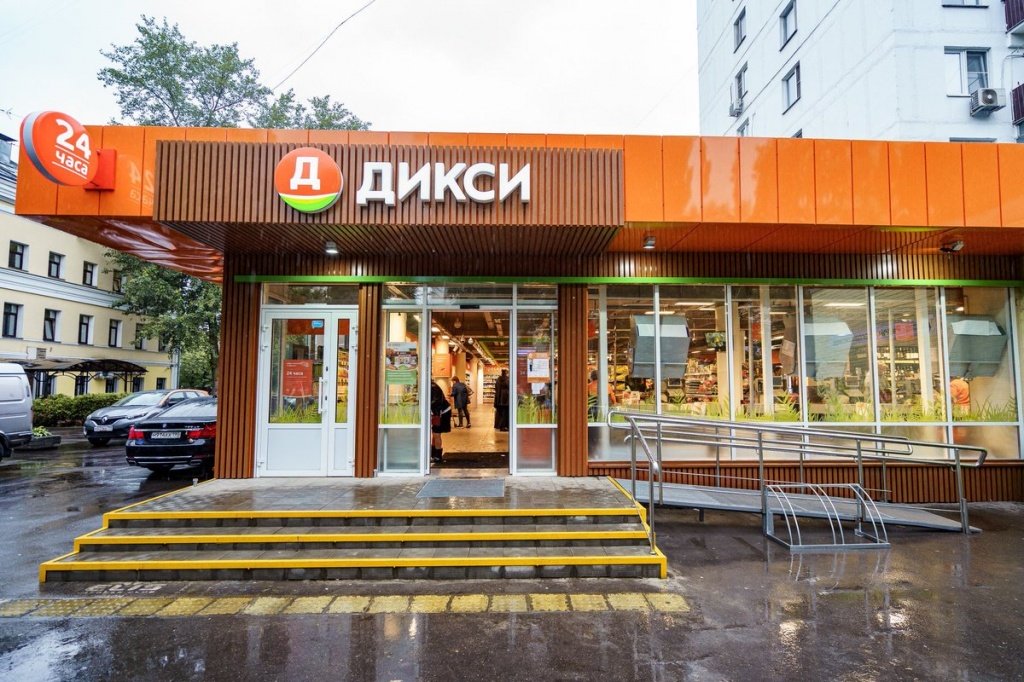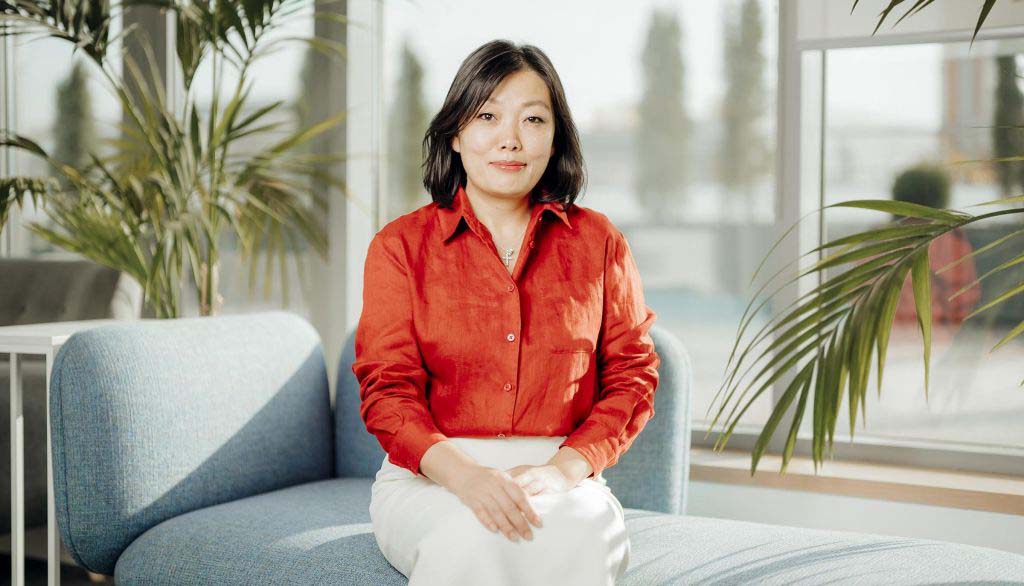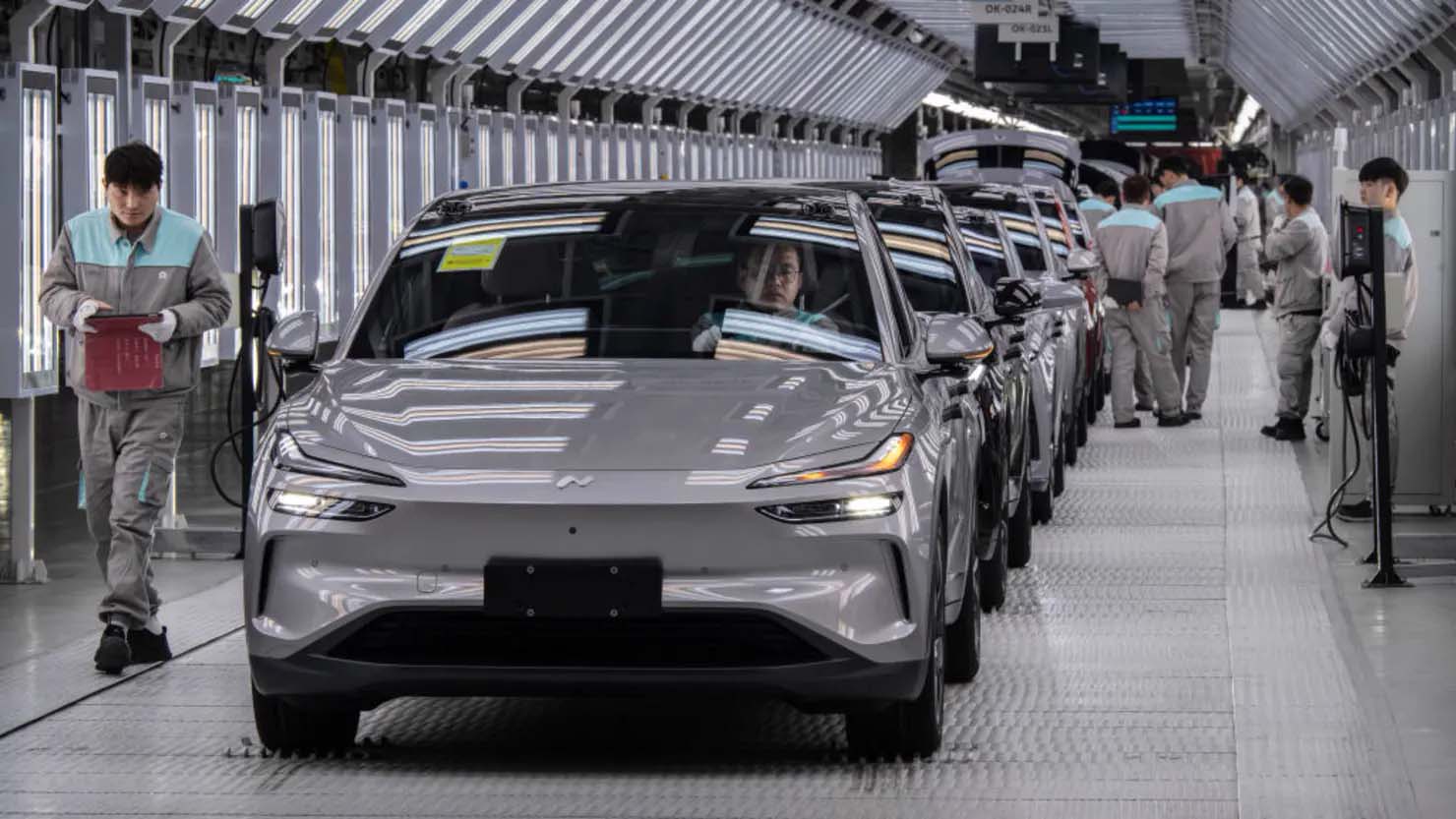Samsung has postponed the launch of its flagship chip factory in Texas, despite the fact that the facility is 92% ready. Initially, the Taylor Fab project started in 2022 with a reported investment of $17 billion, but later the budget was increased to $44 billion. As part of the expansion, it was planned to build a second factory and strengthen the research base. However, by mid-2024, the company revised its plans, faced with technological and market pressures.
According to sources in the supply chain, the key factor was the non-compliance of the technical process with the current needs of the industry. Initially, the factory was planned to produce chips according to the standards of 4 nanometers. However, demand for this technology has declined — leading customers are moving to more advanced 3-nm and 2-nm nodes, where Taiwan's TSMC dominates. In response, Samsung announced its intention to upgrade the factory to a 2-nm process, but the implementation of these plans will require significant time and capital expenditures.
The situation with Taylor Fab demonstrates a system problem faced not only by Samsung, but also by other major players, including Intel. Their production capacity and technology roadmaps lag behind TSMC, which remains a leader in contract semiconductor manufacturing. The Taiwanese company is already implementing mass production of 3-nm chips and is actively moving towards mastering the 2-nm process technology.
Stopping the project in the US is not just a strategic pause, but an indicator of broader problems in the Samsung Foundry business model. The company initially expected an influx of American customers and a key partner in diversifying its global supply chains. However, the lack of a sufficient portfolio of clients and the lag in key technical processes called into question the profitability of the project in its current form.
Analysts note that Samsung will need not only to modernize the infrastructure, but also to rebuild the ecosystem around new nodes — from lithographic equipment to personnel and partner base. This requires time, logistical effort, and additional financial resources, as the market becomes increasingly sensitive to the timing of innovation.
In the short term, the company will follow a wait-and-see approach, observing market dynamics and competitors ' decisions. However, Samsung's long-term goals remain the same — to gain a foothold among the leaders in contract chip production and reduce the technological gap with TSMC.












